How to Save a Life
Every second counts when someone's life is at risk. Do you know how to save a life? While having a life-saving first aid kit on hand is crucial in an emergency, it's borderline useless if you don't know how to utilize the equipment, treat various injuries, and adequately care for the victim. At My Medic, May is Save a Life Month. During this time, Billy Haley, a Special Forces Medic, teaches us the most essential aspects of first aid training when it comes to saving someone’s life. He instructs us how to stop various life-threatening bleeds and how to care for the patient after you’ve stopped the bleeding. In this blog, we’ll summarize the Save a Life videos.
The Difference Between Venous & Arterial Bleeds
A cut artery is usually far more life-threatening than a damaged vein. Because of this, it's vital that you're able to tell the difference between the two.
Veins
Veins carry blood to the heart and have a slightly lower pressure than arteries. The blood is a deep red-purple color and generally doesn't spurt from a wound.
Arteries
Arteries carry blood away from the heart and supply the body with oxygen. Blood within arteries move at a higher pressure than veins, is bright red in color, and may spurt.
Step 1 - Applying a Tourniquet
When someone is bleeding significantly from a limb, a tourniquet is the most effective way to stop that bleed. But before we get into the application, here are a few things you need to know:
Tourniquets Don't Lead to Amputation

Tourniquets were equated to limb loss back in the Civil War era because unsanitary conditions led to limbs with open wounds getting gangrene, a life-threatening condition that does require the removal of the affected tissue. On their own, tourniquets primarily cause discomfort and bruising. What this comes down to is you can forgo a tourniquet and bleed out or use it and get some bruises. Ultimately, a tourniquet is a vital tool that should be used whenever a limb is bleeding profusely.
Never Loosen a Tourniquet
There are several reasons why you shouldn't loosen a tourniquet, but the two main ones are loss of occlusion and reapplication error. If you loosen a tourniquet, the patient is going to lose even more blood—the thing they need to survive and have already lost too much of. Loosening the tourniquet does absolutely nothing good for the victim and is a myth that should be ignored. Secondly, there's a chance you won't reapply the tourniquet correctly. That leads to even more blood loss and will only worsen the patient's condition.
Blood Loss is Lethal. Move Quickly
A person can bleed out in less time than it takes to microwave popcorn. It happens horrifically fast, and you need to hurry to prevent the situation from becoming fatal.
Applying a Tourniquet
A tourniquet should be placed high and tight on the limb over the top of the victim's clothes. If it's going on a leg, ensure that nothing gets caught in the tourniquet. A few things to check for are phones, keys, and knives. Cinch the tourniquet all the way down until the bleeding stops. Jot down the time of application so that the next echelon of care can react accordingly. And remember, if it hurts, you're likely doing it right. After that, monitor the patient until EMS arrives and can take over. Follow this link if you still need help with how to apply a tourniquet. This is a critical skill!
Step 2 - Packing a Wound

Unfortunately, some wounds will be too high up on the limb for a tourniquet to function correctly. For example, injuries to the groin and armpit area need to be packed instead.
Use Hemostatic Gauze
While you definitely can stop a severe bleed with standard gauze, hemostatic gauze will stop the bleeding faster by accelerating the development of blood clots.
Always Keep Direct Pressure
When you pack a wound, you need to find the source of the bleed and keep continuous pressure on that point of origin. As you are packing the injury, your fingers should alternate so that there is constant pressure.
Use an Emergency Pressure Bandage
These bandages will maintain the direct pressure so that you can tend to other wounds or do whatever else you need to while waiting for emergency services to arrive.
You Can Start Over
Unlike a tourniquet, if the bleeding hasn't stopped after application, you need to start over. This does, however, need to be done quickly to minimize blood loss as much as possible.
If It Isn't Leaking, Don't Mess With It
Once you've finished and blood isn't leaking through the bandage, don't touch it! Peeling back the bandage to check on the wound or messing with it unnecessarily can remove that direct pressure or dislodge the clot you worked so hard to make. So the best course of action is to leave it be.
Wear Gloves
Gloves are just as much for your own safety as they are for the patient's. Not only can your dirty hands cause an infection and complications for the person you're treating, but bloodborne pathogens are a thing, and they aren't pleasant! HBV, HPC, and HIV are just a few of the diseases that can be transferred through contact with an infected person's blood and various other bodily fluids. If their blood enters any broken skin (even sunburns and blisters) or mucous membranes, such as the eyes, nose, and mouth, you need to seek medical treatment quickly!
Step 3 - Applying Direct Pressure

When it comes to venous bleeds, applying direct pressure is generally the best response as they are usually less life-threatening than arterial bleeds and are easier to control.
Slap on Some Gauze
Take a non-adherent gauze pad, place it over the wound, and apply direct pressure to stop the bleed. Nice and easy!
Wrap an Elastic Bandage Around
After you've got your handy dandy gauze in place, you just need to use some type of elastic bandage to hold it in place. An emergency pressure bandage will maintain a lot more pressure on the wound than ordinary bandages, but you can absolutely use something like an ACE wrap in a pinch!
If the Bleeding Doesn't Stop
If you’ve applied the bandage and are keeping pressure on it, but it’s still bleeding, this means that you aren't putting enough pressure on the wound. From here, you need to tighten the elastic dressing or manually hold pressure over the injury to stop the bleeding.
Step 4 - Keeping a Patient Warm
When it comes to severe blood loss, the first and foremost thing you do is stop the bleeding. But there's a critical follow-up step that many people overlook, and failing to do so can be lethal. Keeping a patient warm after traumatic blood loss is crucial because the victim's body will lose the ability to thermoregulate. Because of this, it's easy for them to become hypothermic.
Make a Blanket Burrito
As soon as possible, you should wrap the patient in a space blanket, bivvy, spare clothes, or really anything that will help them maintain their body heat. Ensure that they are covered all the way around.
Cover the Head
We lose a surprising amount of body heat from our heads, so make sure everything but the victim's face is covered in either a hat, blanket, or some other item to help them avoid hypothermia.
And that wraps up our Save a Life summary! Now that you know how to approach a potentially lethal bleed, you can confidently live your life as a prepared and responsible person! If you don't have any of the supplies listed in this article, don't worry; My Medic's got you covered! You can find the corresponding Save a Life videos, links to life-saving supplies, and recommended first aid kits on our site. Prepare yourself today so you don't regret it tomorrow!
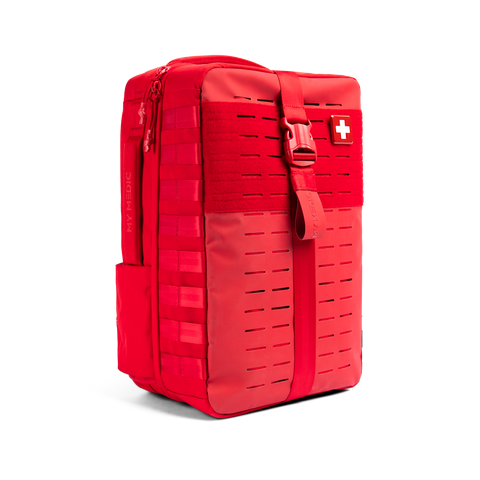 NEW ARRIVALS
NEW ARRIVALS
 BEST SELLERS
BEST SELLERS
 SUPERSKIN™
SUPERSKIN™
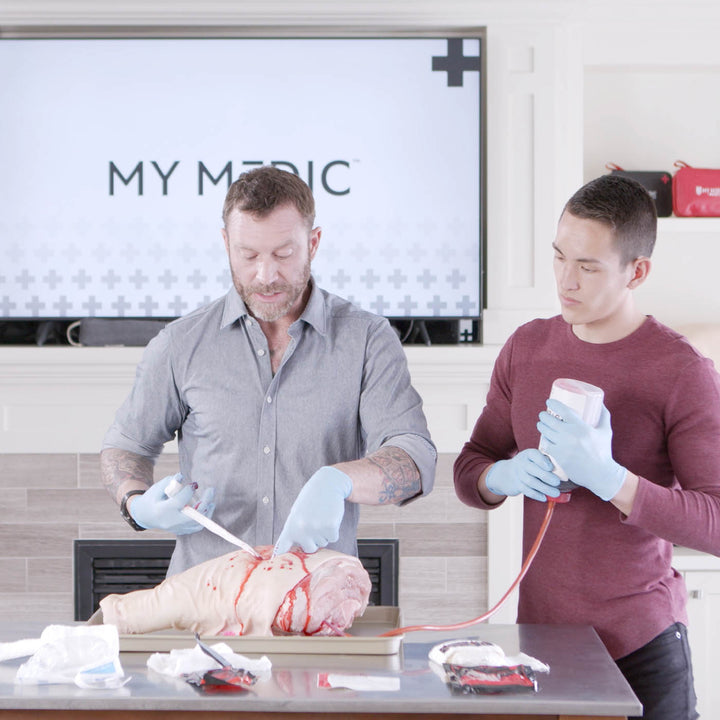 COURSES
COURSES
 REWARDS
REWARDS
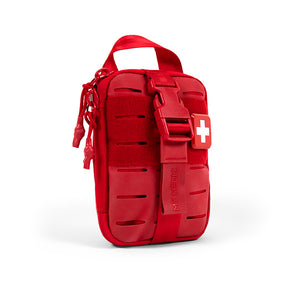 The MyFAK Collection
The MyFAK Collection
 Specialty
Specialty
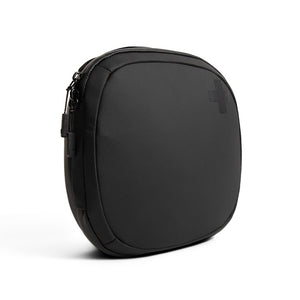 The Ready Collection
The Ready Collection
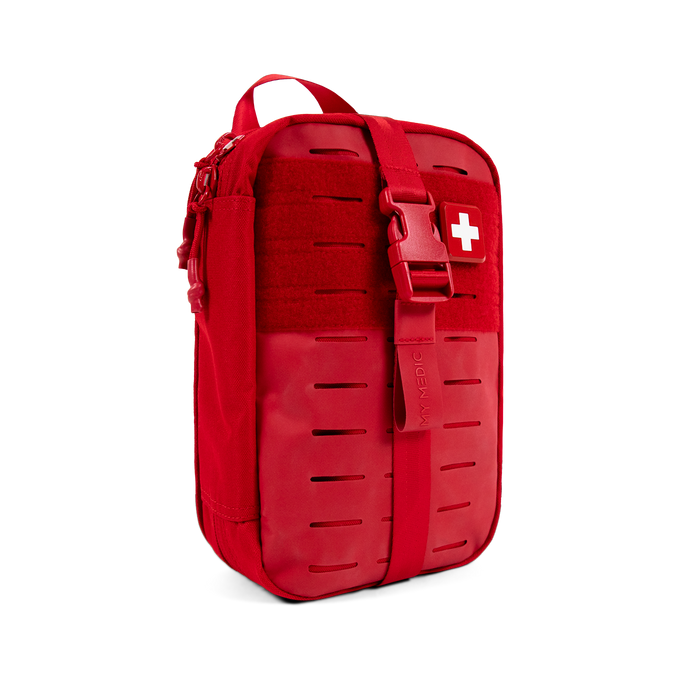
 BLEED
BLEED
 OUTDOOR
OUTDOOR
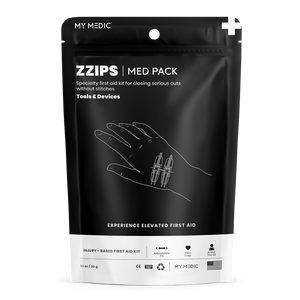 TOOLS & DEVICES
TOOLS & DEVICES
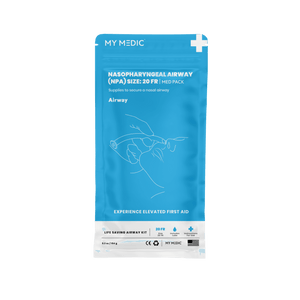 AIRWAY
AIRWAY
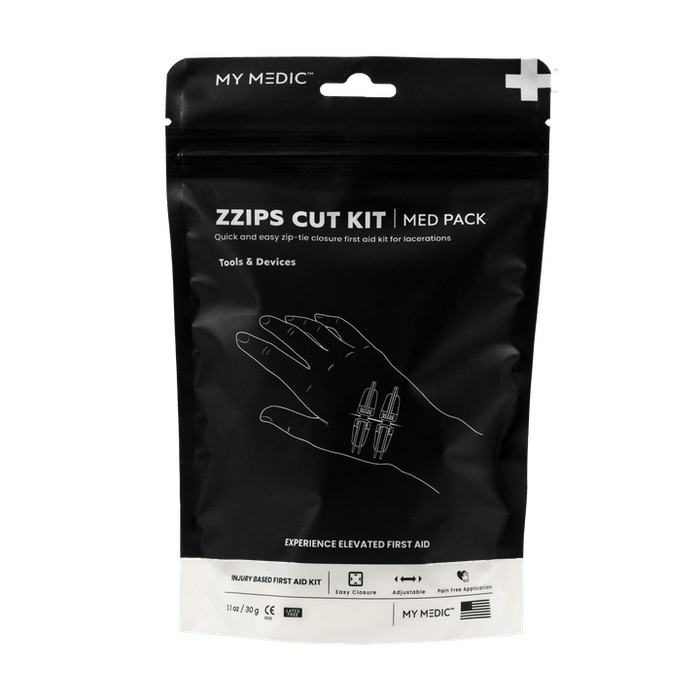
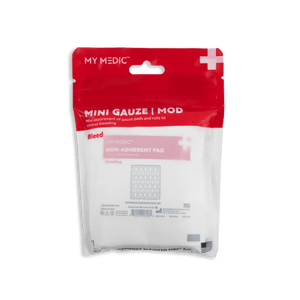 BLEED
BLEED
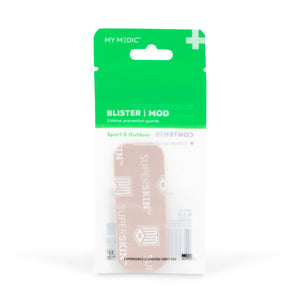 OUTDOOR
OUTDOOR
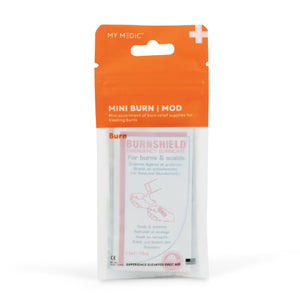 BURN
BURN
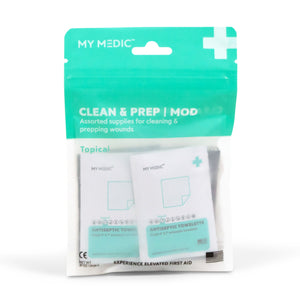 TOPICAL
TOPICAL
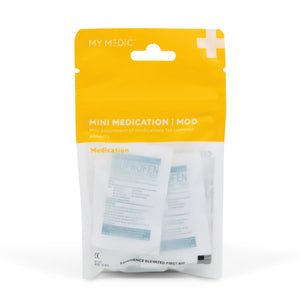 MEDICATION
MEDICATION
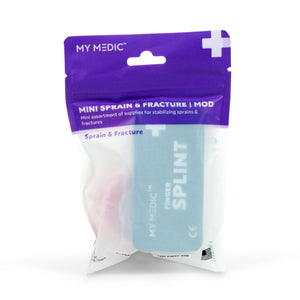 SPRAIN & FRACTURE
SPRAIN & FRACTURE
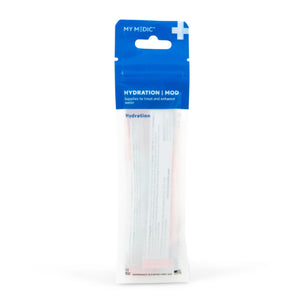 HYDRATION
HYDRATION
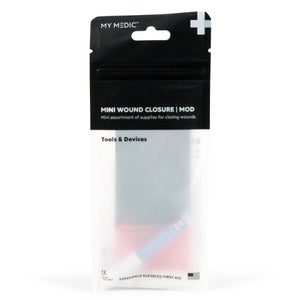 TOOLS & DEVICES
TOOLS & DEVICES
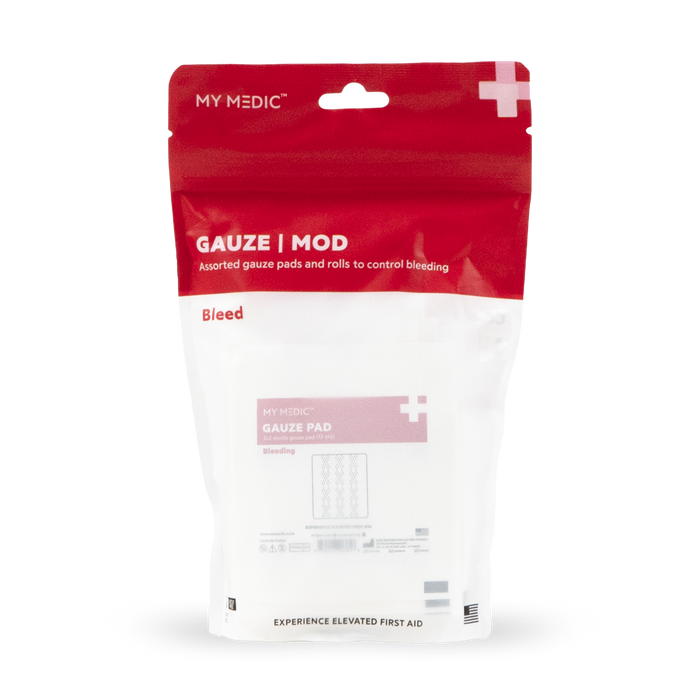
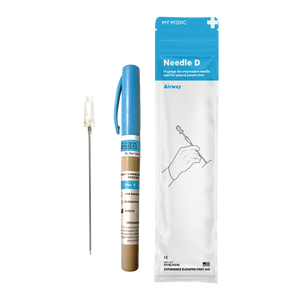 Supply Categories
Supply Categories
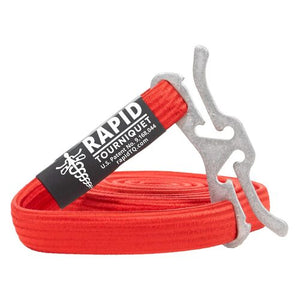 Top Sellers
Top Sellers
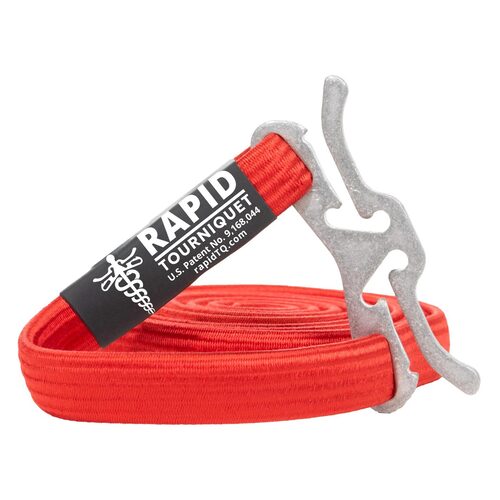






Leave a comment